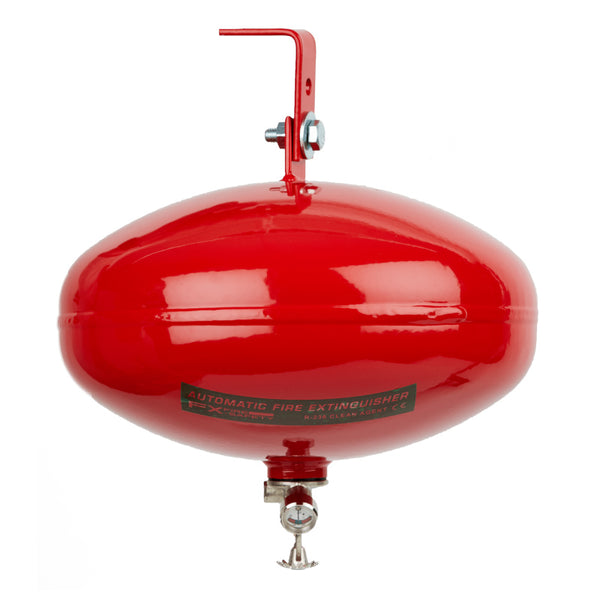The MSA who oversee competitive Motor Sports in the UK have very strict safety regulations and require cars to carry a fire extinguisher during competitions for use in the event of accidents. They have come down firmly in favour of foam fire extinguishers (also known as AFFF fire extinguishers) either in a standard hand held version or in some race classes, particularly in championship motor sports, plumbed in systems designed to flood the cabin and engine compartment.
In days past Halon extinguishers were used, as the gas is inert and non-toxic but the subsequent ban on Halon due to environmental concerns brought AFFF to the fore. The Zero 2000 reference for AFFF is I think a brand name rather than a specification and I see no reason why our range of AFFF equivalents would not suffice provided, as ours do, they carry the manufacturers name, type of extinguishant, capacity in litres and method of operation, as required by the MSA.
Recent developments may pave the way for the reintroduction of gas based extinguishers in the form of FE36. Like Halon FE36 is a ”clean” gas and non-toxic and has better fire knock down performance than AFFF. We have supplied automatic fire extinguishers in the form of FE36 extinguishers for engine compartments and the protection of sensitive electronics for many years. FE36 hand held fire extinguishers are already approved by the FIA (Fédération Internationale de l’Automobile). Proprietary brands include the Zero 360 but they are a good deal more expensive than AFFF.
Coming back to AFFF it is worth considering why the MSA prefer it over other alternative extinguishants. True AFFF is designed to tackle fires involving hydrocarbon fuels so is useful for small burning oil and fuel fires and as it is water based also works on burning solids. The downside is that as AFFF is water based the discharge may adversely affect any exposed sensitive electronics in the car. I can see why Carbon Monoxide gas extinguishers are not on the approved list as being trapped in an enclosed cab full of CO2 could be lethal.
However away from motorsports ADR Classified HGV’s (i.e. those that carry hazardous loads) are also legally mandated to carry fire extinguishers but not AFFF. The Directive calls for a minimum 4KG dry powder extinguisher in the cab. AFFF does not get a mention.
ABC dry powder extinguishers are effective on solids, petro-fuels and flammable gases – and can be used safely where live electricity is present. I suspect that AFFF is preferred because it is better suited to discharge in confined spaces than powder although this only holds true for plumbed in systems. If you are tackling a fire from outside of the car my choice would be a dry powder specifically a Monnex powder fire extinguisher which has exceptional knock down capability. Monnex is what you would find in F1 pitstops.
For the present at least it seems AFFF is your only option under MSA rules.




